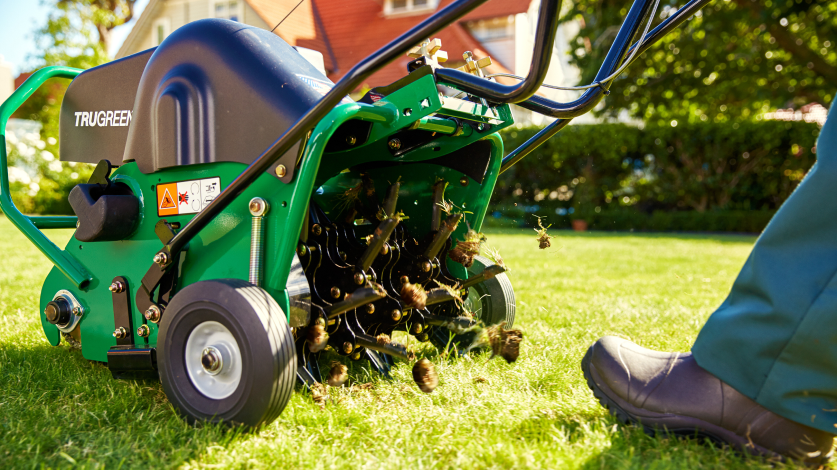Unlike most lawn diseases, which prefer the warmer temperatures of spring and summer, snow mold thrives in cooler temperatures. Gray snow mold generally develops when snow cover remains for an extended period of time. Once the snow cover melts in the late winter or early spring, the fungus proliferates, causing telltale signs of disease (more on that shortly). Pink snow mold does not require snow cover to develop as it also proliferates when the grass is wet and temperatures are below 45 F.



 Branch Finder
Branch Finder













 Back to all blogs
Back to all blogs
Facebook
X
Youtube
Copy Link
Email